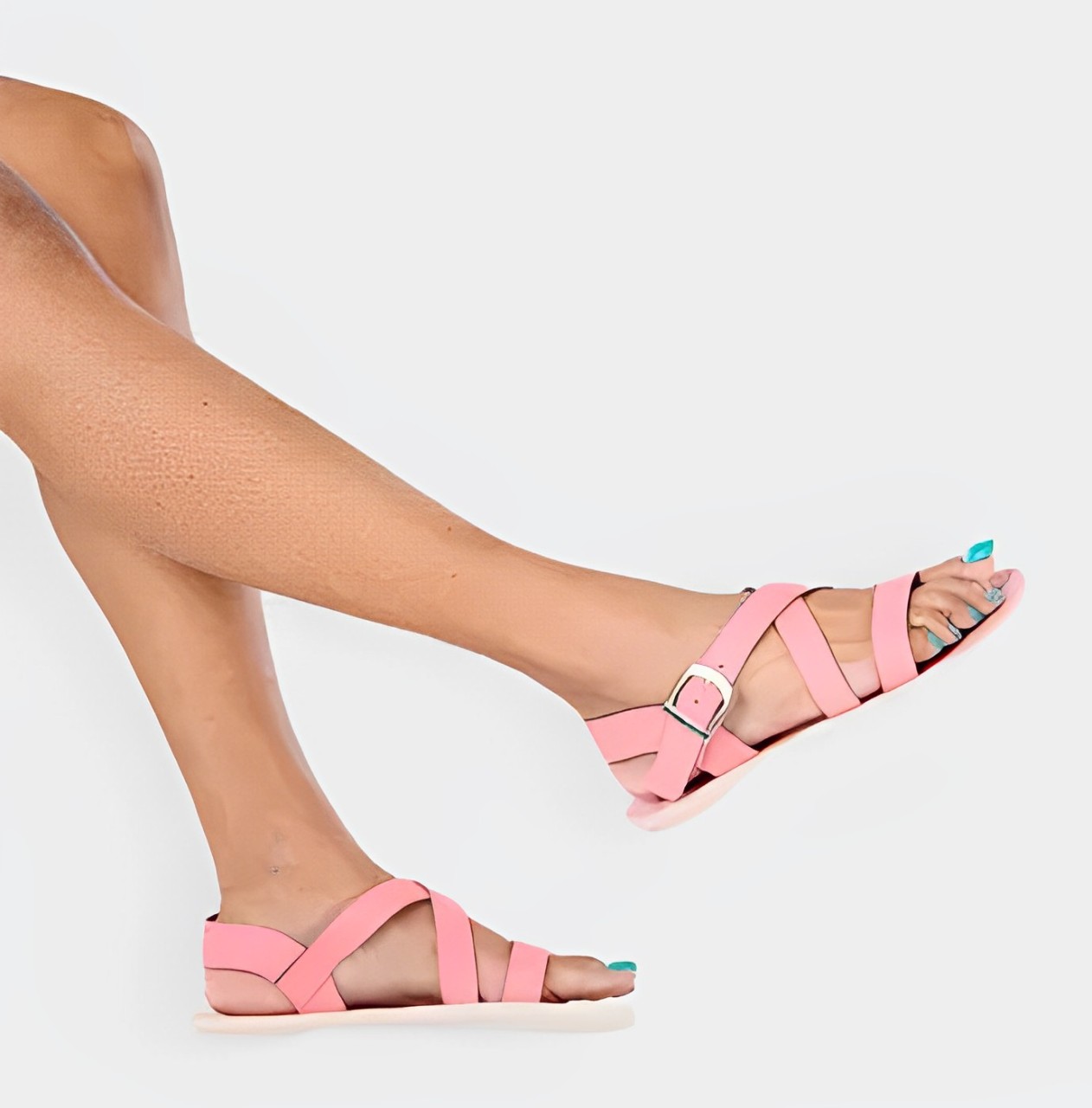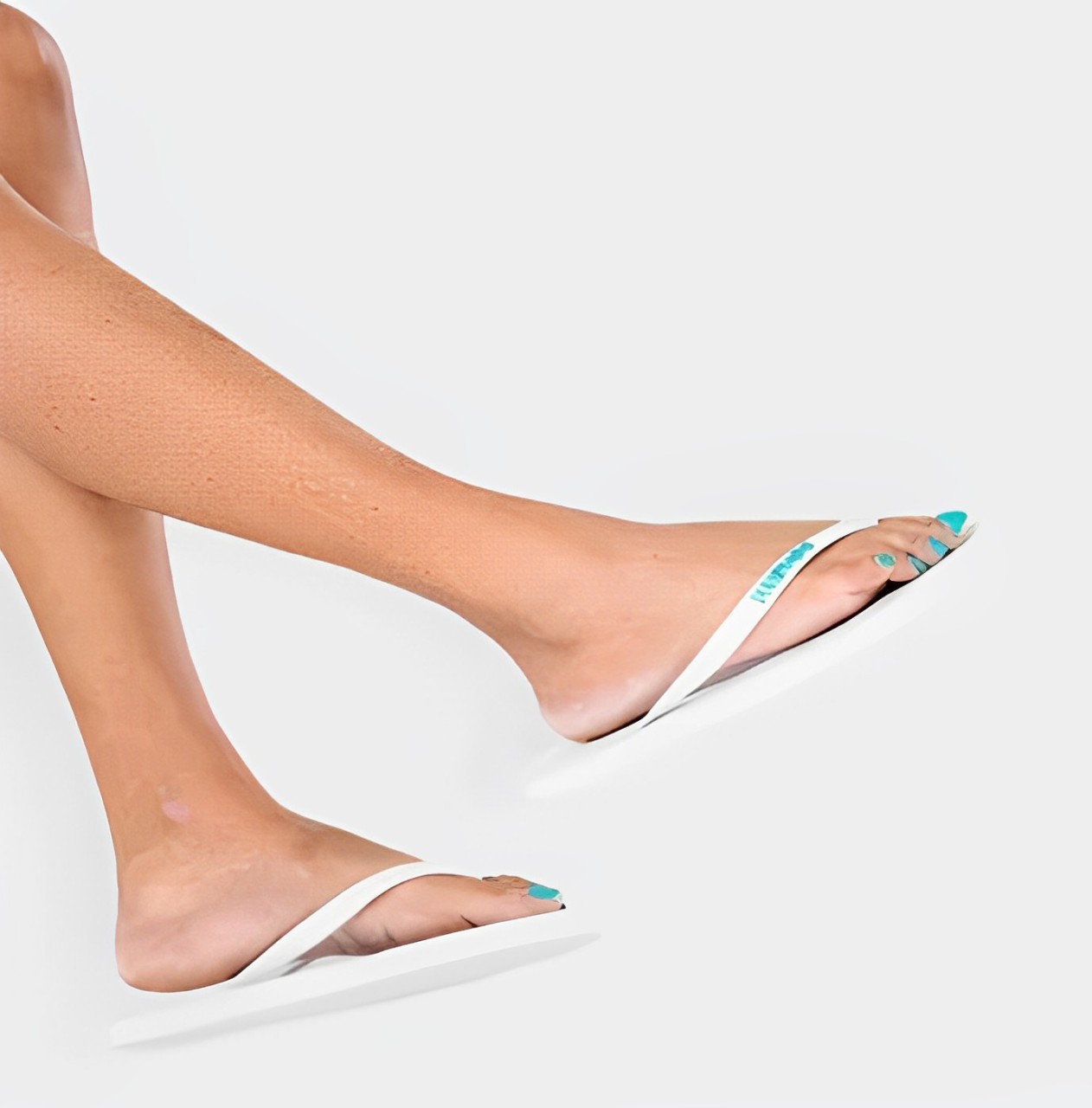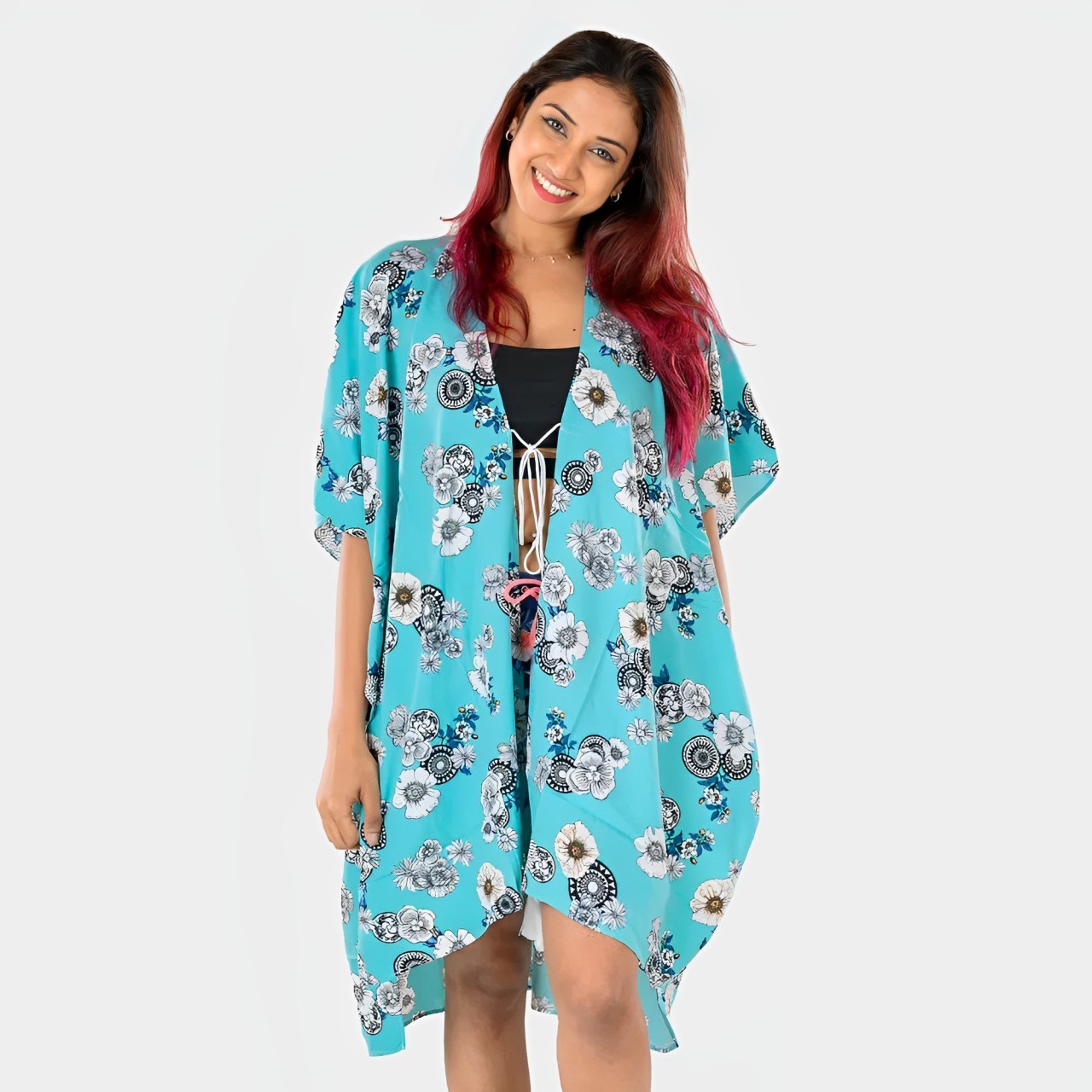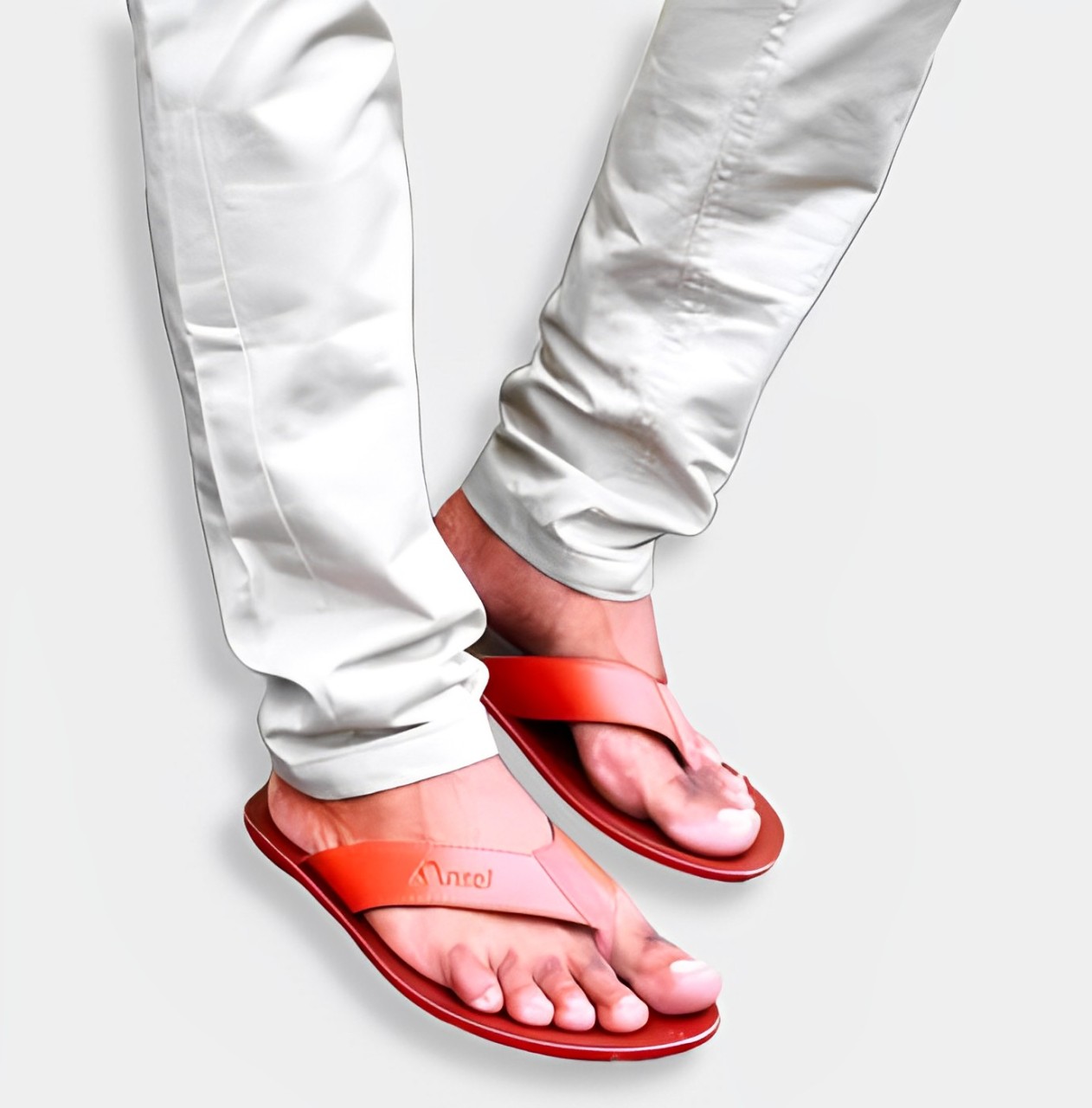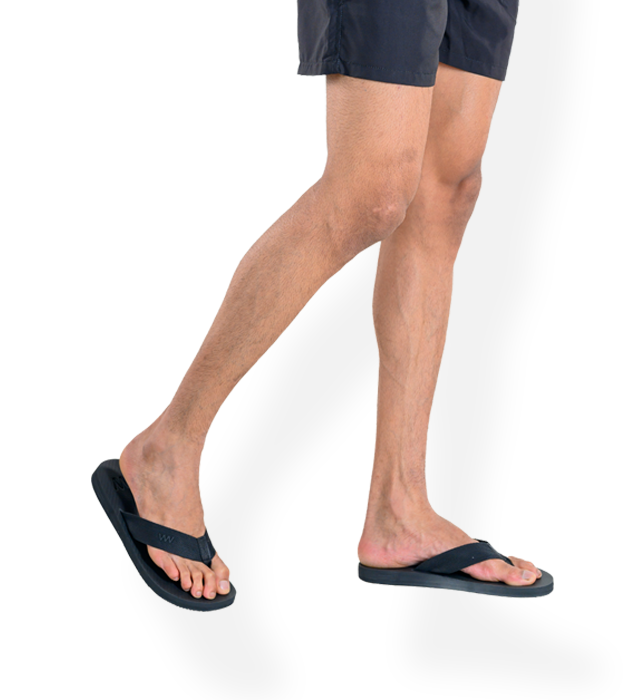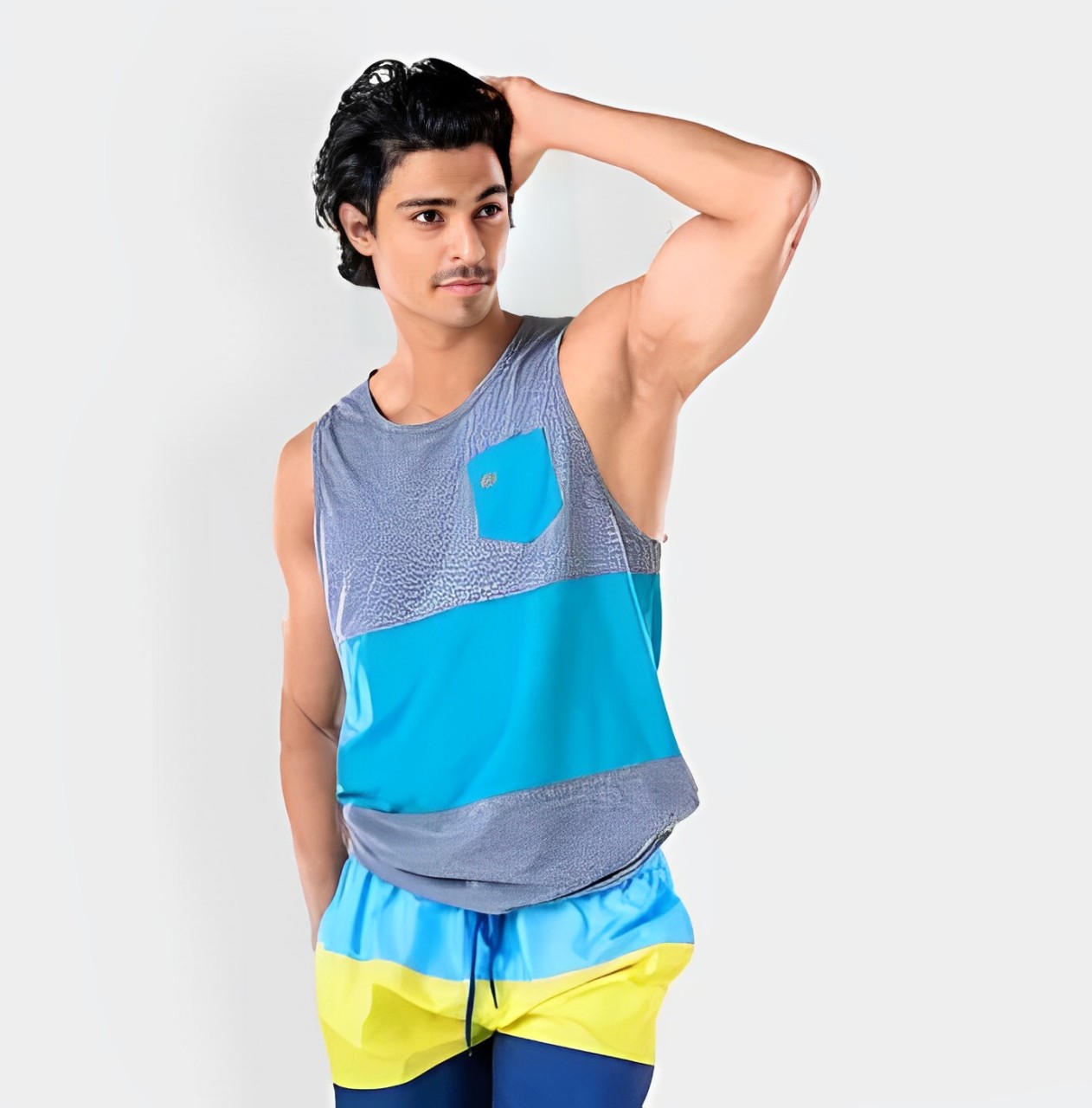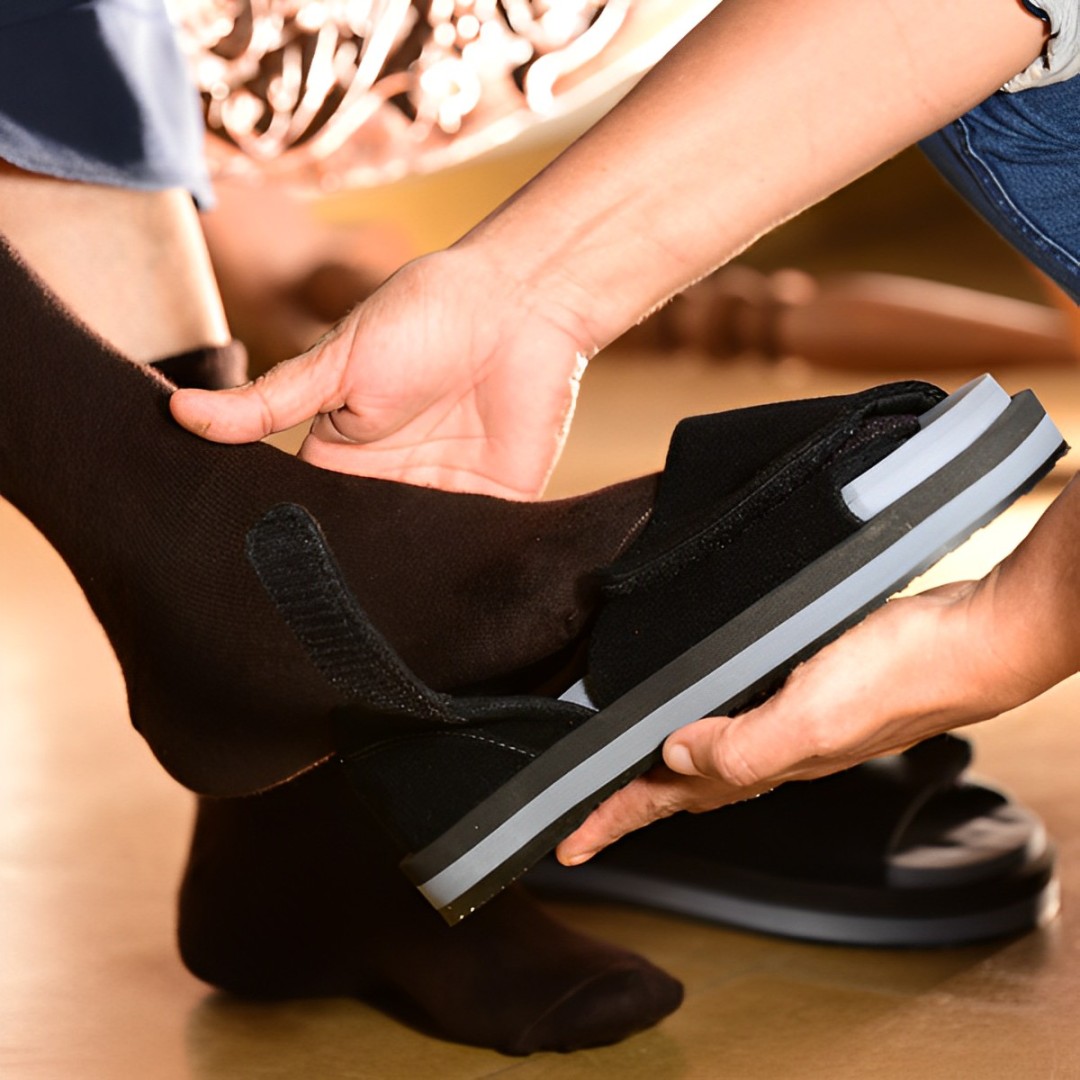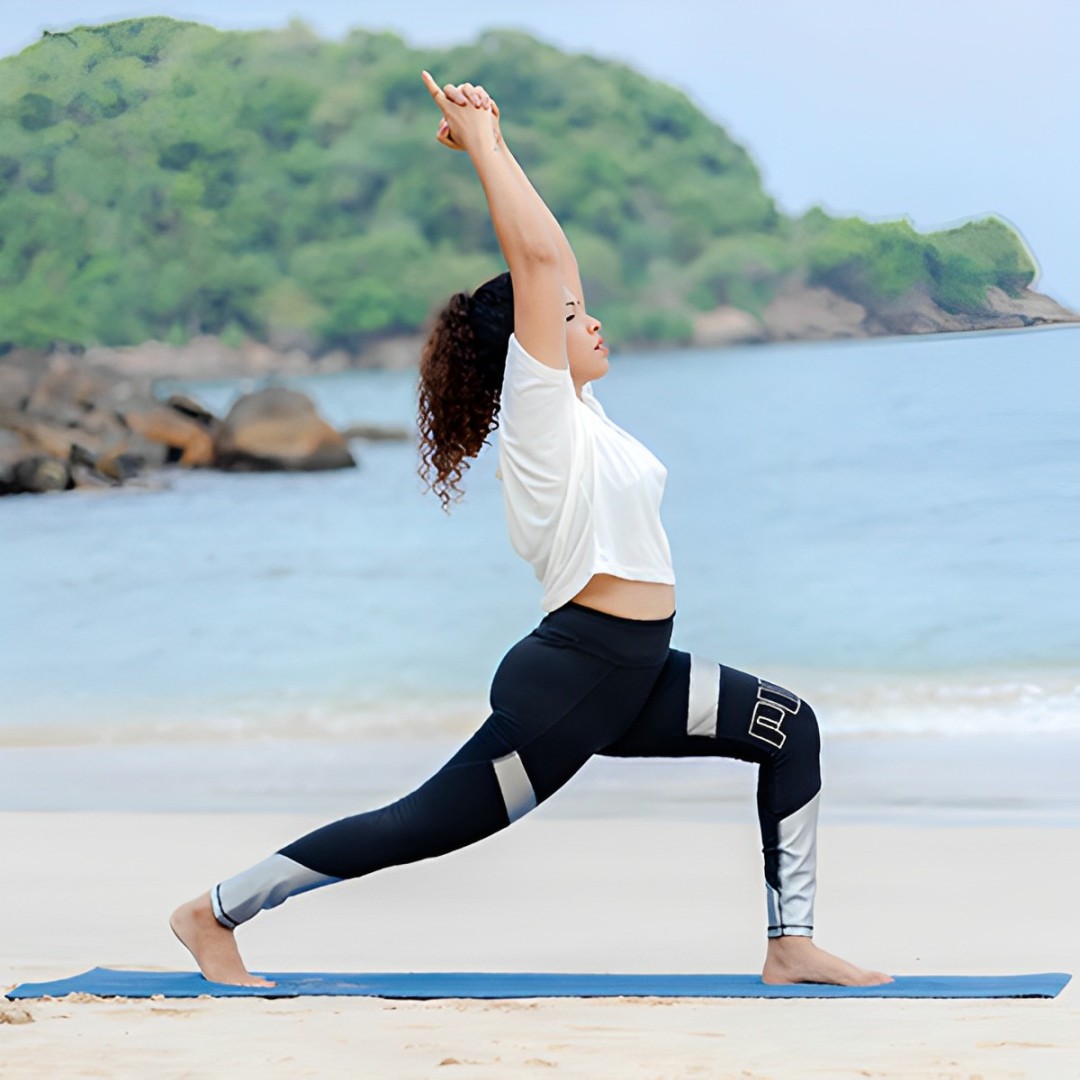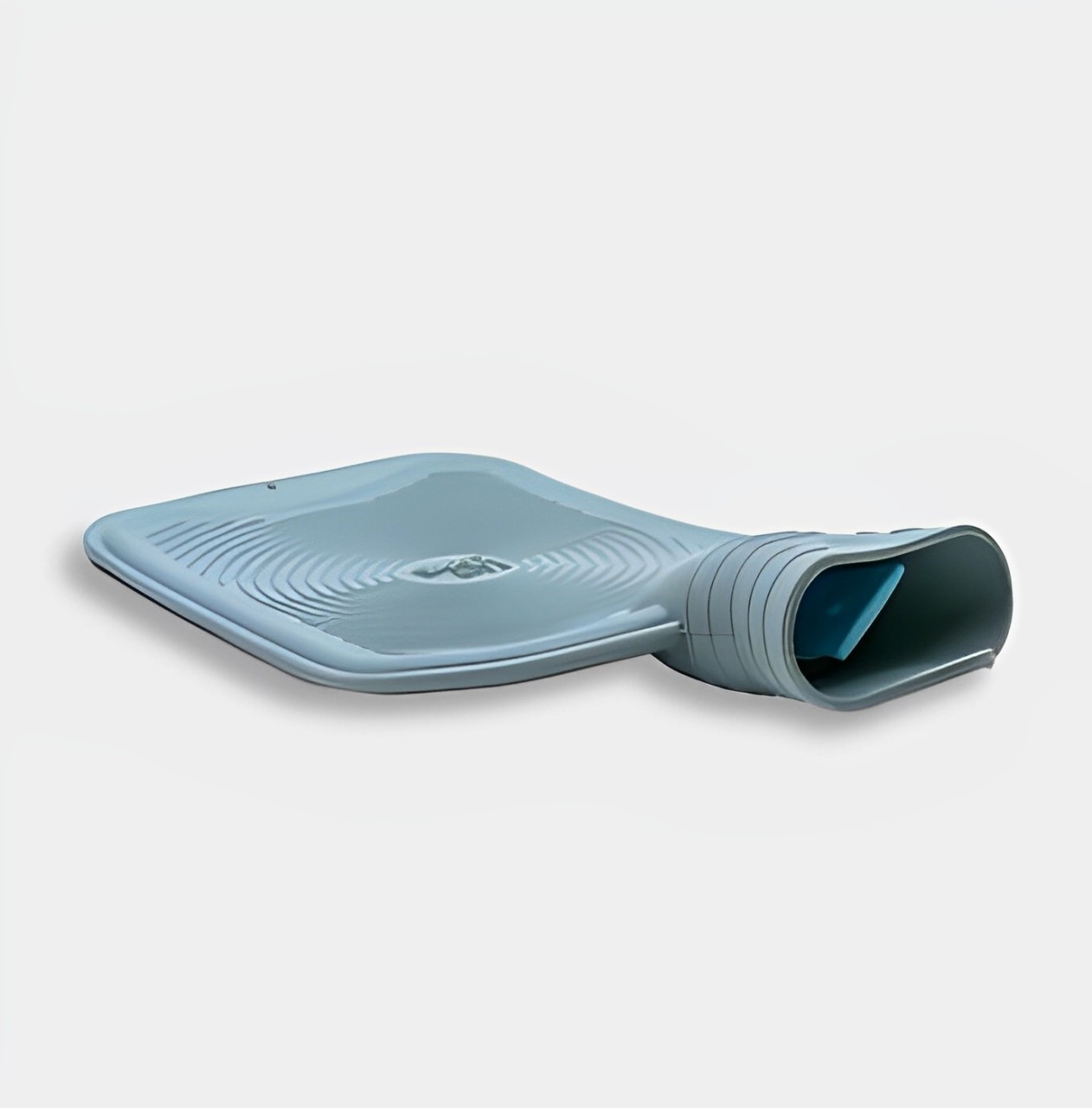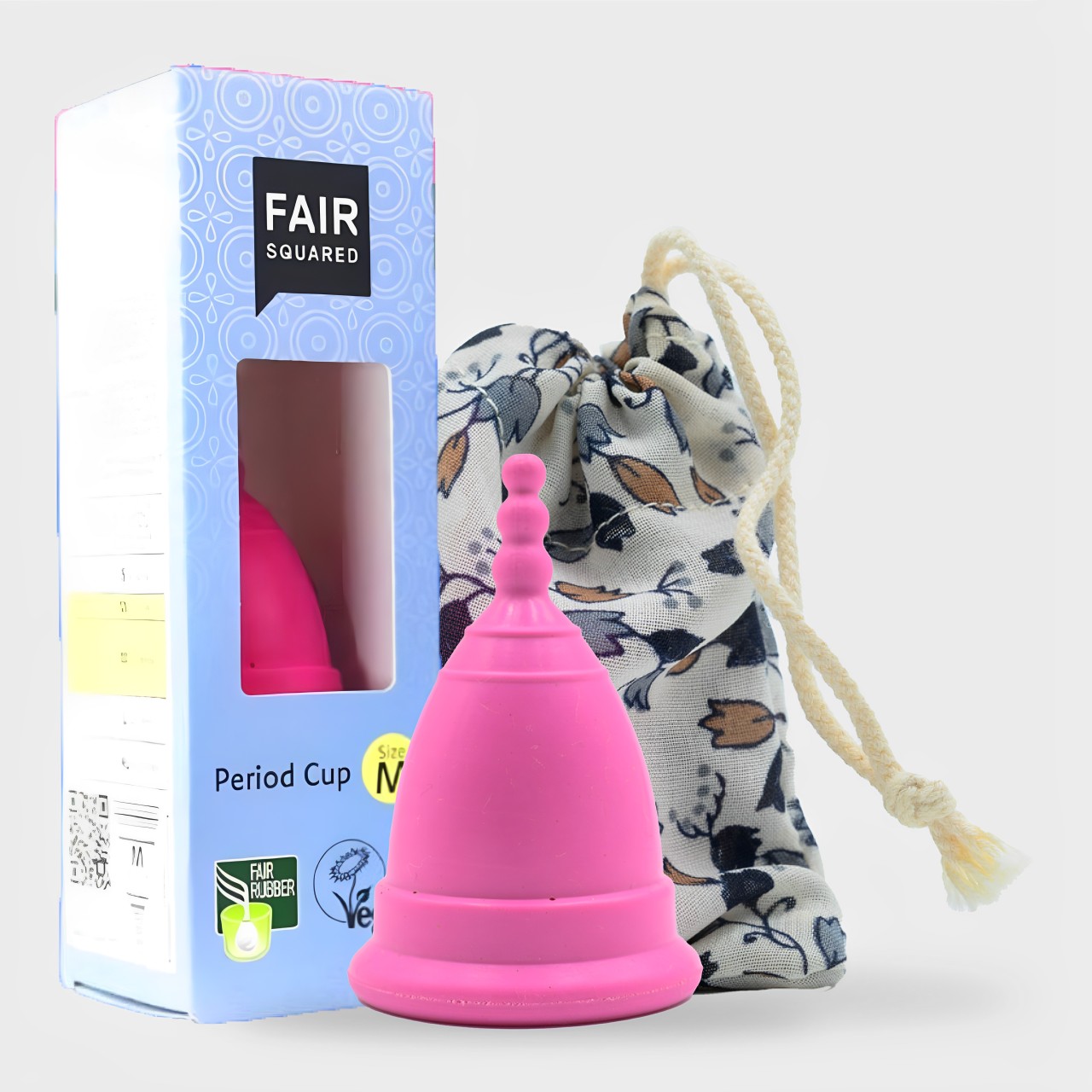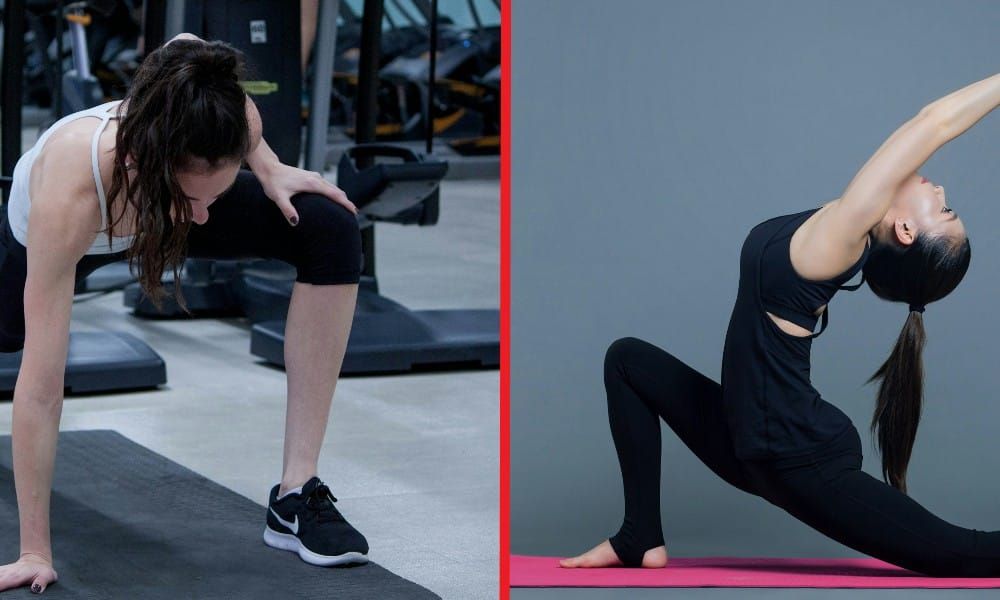Let us discuss yoga mat vs exercise mat key differences explained.
When it comes to fitness, not only the right diet but also the right gear becomes essential. Whether you are engaging in a calming yoga session or powering through a high-intensity interval workout, having the right mat can make a world of difference to your performance, safety, and comfort.
Two of the most commonly used mats in fitness routines are yoga mats and exercise mats. Even if they appear almost similar, they serve very different purposes and are designed with specific features in mind.
This comprehensive guide explores the key differences between yoga mats and exercise mats, examining their purpose, construction, comfort, materials, and more. A yoga or an exercise mat is a one-time investment. Thus, it becomes necessary to first go through all the comparative parameters and then decide which one to buy.
Purpose and Primary Use
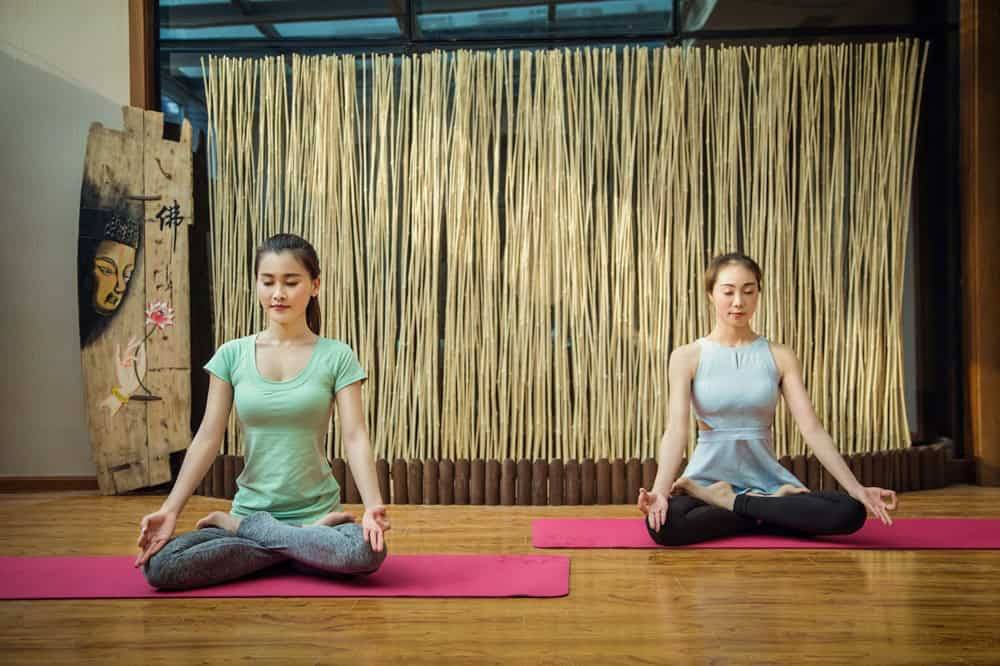
The most basic difference between a yoga mat and an exercise mat is their use and purpose. Both of these are used for two very different purposes and reasons. When you are about to buy any of these mats, it is better to first decide the purpose of the mat. If you are still confused, let us give you some clarity.
Yoga Mat
Yoga mats are specially designed for yoga practice. Yoga involves a series of poses and movements that require balance, flexibility, and precise body alignment. The mat’s primary role is to provide a non-slip, stable surface for poses that range from standing to seated to inverted. Yoga mats prioritize stability and grip.
The mat must enable the practitioner to stay grounded, offering just enough cushion to be comfortable without disrupting balance. Besides yoga, these mats are also commonly used for Pilates and stretching routines, particularly those that emphasize stability and slow, controlled movements.
Exercise Mat
Exercise mats, sometimes referred to as general-purpose fitness mats or workout mats, are designed for broader fitness activities. These include bodyweight exercises (such as crunches, push-ups, and planks), strength training with dumbbells, high-intensity interval training (HIIT), and even martial arts. Exercise mats prioritize cushioning and joint support.
Exercise mats prioritize cushioning and shock absorption to protect joints and bones during high-impact or repetitive movements. They are also designed to support dynamic activities that may involve jumping, rolling, or floor-based strength exercises.
Therefore, for all the gym-related or high-end workout sessions, ensure you invest in an exercise mat. But if you only enjoy yoga and light exercises, then a yoga mat may serve you best.
Thickness and Cushioning
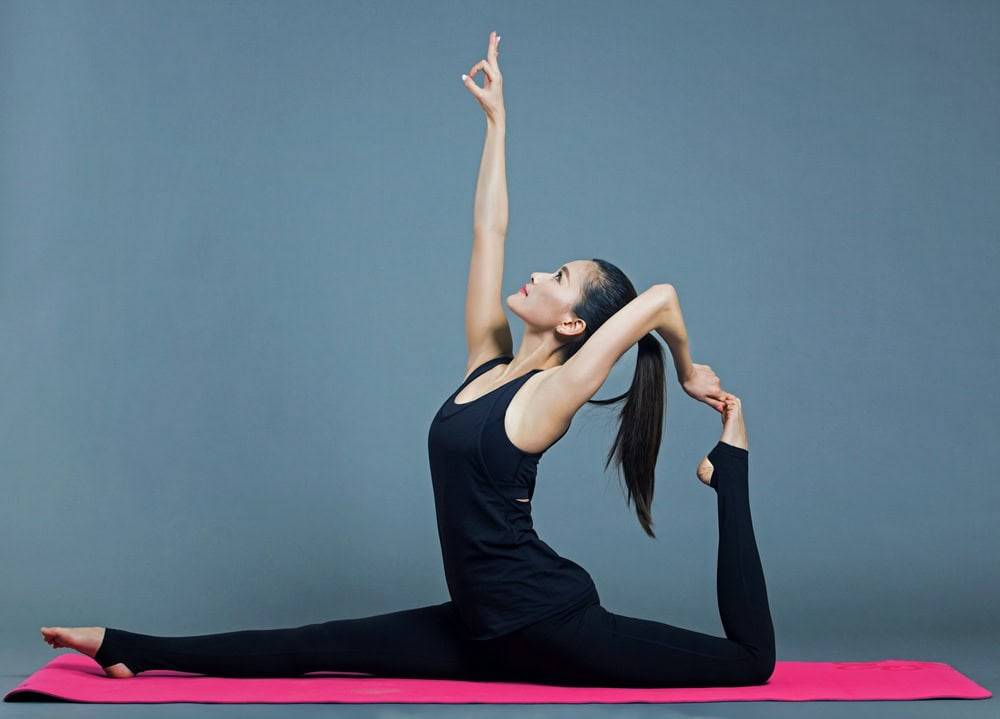
Mat thickness is one of the most noticeable physical differences between yoga mats and exercise mats, and it greatly affects how each mat feels during use.
Yoga Mat
The range of yoga mats is usually from 1/16 inch (about 1.5 mm) to 1/4 inch (about 6 mm) thick. The standard yoga mat thickness is around 1/8 inch (3 mm). This slim profile allows yoga practitioners to maintain a strong connection with the floor, which is essential for balance and proper alignment in many yoga poses.
A thinner mat also improves stability, reducing the chances of wobbling or sinking during standing or balancing poses like Tree Pose or Warrior III. Some yoga practitioners, especially those with sensitive joints, may opt for slightly thicker mats (around 6 mm), especially for gentle or restorative yoga styles.
Exercise Mat
Exercise mats are significantly thicker, generally ranging from 1/2 inch (12 mm) to 1 inch (25 mm) or more. This increased thickness is critical for exercises that involve more impact, such as jumping, or sustained pressure on the body, such as floor-based core exercises.
The added cushioning protects knees, hips, elbows, and back during activities like sit-ups, mountain climbers, or kettlebell swings. The softness also helps prevent injury and provides overall comfort for prolonged floor contact.
Cushioning plays an important part when buying a yoga or an exercise mat. Thin cushioning may not offer enough support to certain body types and may make your fitness time is irritating. Hence, if your body requires enough cushioning, then choose the thicker mats from either of these.
Grip and Surface Texture
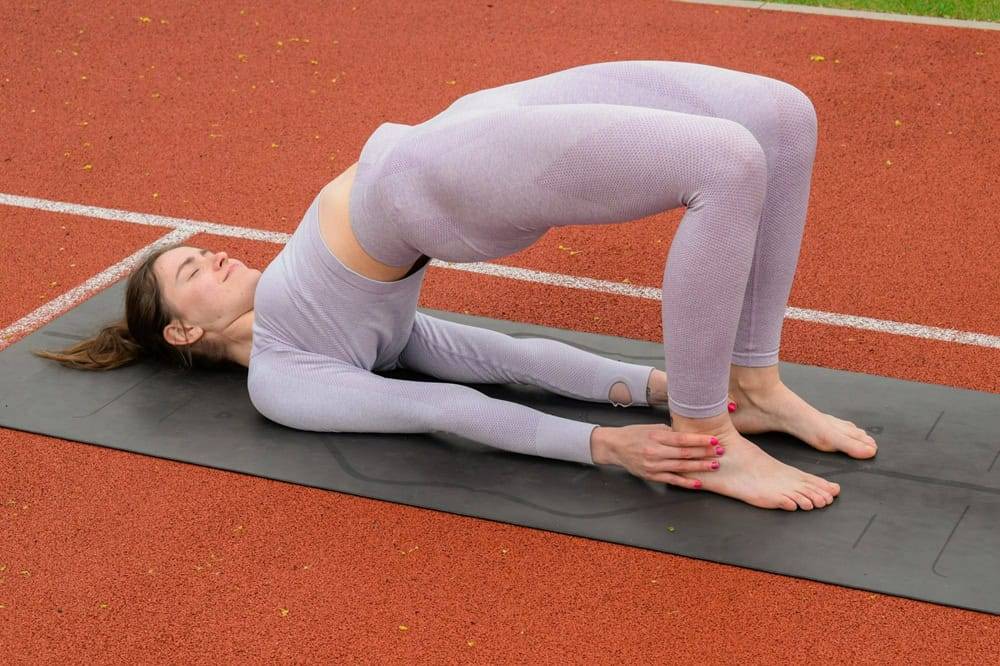
Grip is a critical factor when selecting a fitness mat, as it influences safety and comfort during workouts.
Yoga Mat
Grip is the most important feature of a yoga mat. Many yoga poses require a steady hold, where slipping hands or feet could disrupt the practice or lead to injury. As a result, yoga mats are designed with textured, sticky surfaces to provide maximum traction.
Materials such as natural rubber, PVC, or TPE are used to enhance this non-slip quality. Advanced mats feature dual-sided grip surfaces or have additional alignment markings for improved performance and precision.
Sweat absorption is also a consideration, especially in hot yoga. Mats designed for these classes often include moisture-wicking surfaces or are used with yoga towels to enhance grip. Thus, yoga mats have high-grip and textured surfaces to prevent slipping.
Exercise Mat
While exercise mats also provide some level of grip, their surface is typically smoother. Because exercise routines often involve more dynamic or sliding movements, overly sticky surfaces might hinder natural movement or cause friction burns.
These mats aim to strike a balance between non-slip functionality and the ability to reposition yourself easily, especially when switching from one exercise to another. Hence, exercise mats have moderate grip and smooth surfaces support dynamic movement.
Material and Durability
There is an impact of material composition on the mat’s longevity, sustainability, and comfort.
Yoga Mat
Yoga mats are made from a variety of materials depending on the price point and manufacturer philosophy. Common materials include:
- PVC (Polyvinyl Chloride) – Durable and inexpensive but not eco-friendly.
- TPE (Thermoplastic Elastomers) – A newer alternative, recyclable and generally non-toxic.
- Natural Rubber – Biodegradable and high-performing, but heavier and sometimes more expensive.
- Jute or Cotton – Natural fiber options that are sustainable, though often less cushioned.
Yoga mats are built for moderate, repetitive use and typically hold up well under pressure unless exposed to sharp equipment or intense impact. The more focus is laid on eco-friendly materials and moderate durability.
Exercise Mat
Exercise mats are usually made from high-density foam materials like:
- EVA (Ethylene Vinyl Acetate) Foam – Lightweight, resilient, and shock-absorbing.
- NBR (Nitrile Butadiene Rubber) – Durable and oil-resistant, used for heavy workouts.
- PVC Foam – Less eco-friendly but long-lasting and easy to clean.
Because these mats endure high-impact activities, manufacturers focus on resilience and support. Durability is often higher, especially when the mat is used with weights, shoes, or fitness gear. These are built for impact and durability using dense synthetic foams.
Make sure to first understand that none of the materials mentioned above are allergenic for your body. Though these mats are not harmful for the skin, they may also not suit all skin types.
Size and Portability
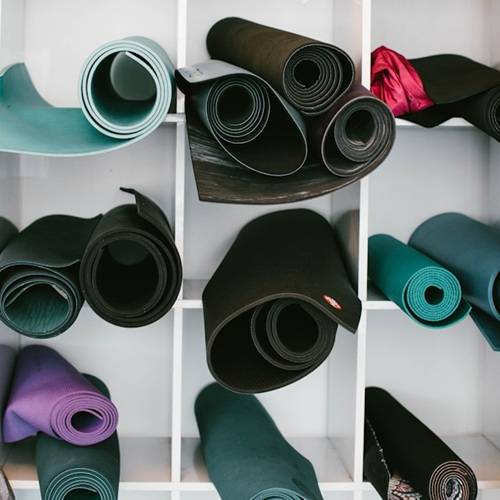
Fitness mats vary in size and portability based on their function and design. This size difference is because of the activities they are made for.
Yoga Mat
The standard size of a yoga mat is approximately 68 inches (173 cm) long and 24 inches (61 cm) wide. Some longer versions go up to 72 or 84 inches for taller practitioners.
Yoga mats are designed to be lightweight (2–5 lbs) and easy to roll up, often coming with carrying straps or bags for portability. This makes them ideal for taking to yoga studios or practicing on the go.
Exercise Mat
Exercise mats come in a wide range of sizes. Some are as compact as yoga mats, while others are significantly larger or even modular (interlocking puzzle mats). Dimensions can go up to 6 feet wide or 8 feet long, depending on the use case (e.g., martial arts or home gym setups).
These mats are mostly thicker and heavier, making them less portable. Some fold rather than roll, and a few come with handles for transportation, but they are primarily designed for stationary use.
Which One is Right for You?
Choosing between a yoga mat and an exercise mat depends on the type of activities you engage in most often.
Choose a Yoga Mat If:
- You regularly practice yoga or Pilates.
- Balance and precise movements are key components of your routine.
- You attend yoga classes and need a portable option.
- You prefer eco-friendly materials and textured surfaces for grip.
Choose an Exercise Mat If:
- You perform high-impact or high-intensity workouts.
- Your workouts involve floor-based strength training or cardio.
- You need additional cushioning to protect your joints.
- You require a more versatile mat for multiple activities or equipment use.
Some people choose to own both: one for yoga and flexibility work, and another for strength and cardio training. This is definitely a great idea if you are dedicated about your fitness journey. having each of these mats allows you flexibility if you switch between light yoga and heavy exercises.
Pros and Cons Summary Table
| Feature | Yoga Mat | Exercise Mat |
| Primary Use | Yoga, Pilates, stretching | Strength training, cardio, HIIT |
| Thickness | 1/16″ to 1/4″ (1.5–6 mm) | 1/2″ to 1″ (12–25+ mm) |
| Grip | High-grip, textured surface | Moderate grip, smoother surface |
| Material | Natural rubber, PVC, TPE, jute | EVA, NBR, PVC foam |
| Durability | Good with proper use | High durability, supports equipment and impact |
| Portability | Lightweight, easy to roll | Bulkier, may fold or have handles |
| Best For | Yoga poses, balance, flexibility | Core work, aerobics, strength training |
| Sweat Resistance | Designed to handle sweat with grip support | Easy to clean but may get slippery |
| Price Range | $20–$100+ | $30–$150+ |
Conclusion
This was it about yoga mat vs exercise mat key differences explained. Choosing between a yoga mat and an exercise mat comes down to understanding your specific fitness needs. While they may seem interchangeable at a glance, each type of mat is designed with different activities in mind. Yoga mats emphasize grip and balance for precision and pose stability, while exercise mats provide the cushioning and durability needed for higher-impact movements. Whether you are an experienced yogi or just beginning a new fitness journey, investing in the right mat can elevate your practice, protect your body, and enhance your overall experience.
Check yoga mat price in Sri Lanka at The Brand Hub.
FAQs
Yes, you can use a yoga mat for light general workouts such as stretching or core exercises. But remember that these do not provide thicker cushioning like an exercise mat. A yoga mat also may not be durable enough to withstand shoes, weights, or equipment. So, if you are okay with thinner cushioning and only want to do lighter workouts, a yoga mat is for you.
The main difference lies in thickness and design purpose. Yoga mats are thinner and offer a high level of grip to support balance and precise movement. Exercise mats are thicker, offering more cushioning for impact-heavy activities and protection during dynamic movement. Also, exercise mats are more durable for equipment, shoes, and high-end workouts.
It depends on the type of exercise. If you are just beginning with yoga or Pilates, a basic yoga mat is sufficient due to its balance and stability. For general fitness or high-impact routines, a thicker exercise mat offers better joint protection and comfort, making it a safer choice for beginners in those areas. The choice completely depends on what form of exercise or yoga you want to indulge in.
You can, but it is not a good choice. The extra cushioning of an exercise mat may make balance more difficult and interfere with proper alignment during yoga poses. Additionally, the surface of exercise mats may not offer the grip necessary for holding poses, especially in heated or sweaty conditions. For once in a while it is okay to use an exercise mat for yoga but on a longer run, it is a big NO.
Related Posts:

Editorial Staff’s at The Brand Hub are experts in Sri Lanka fashion.



